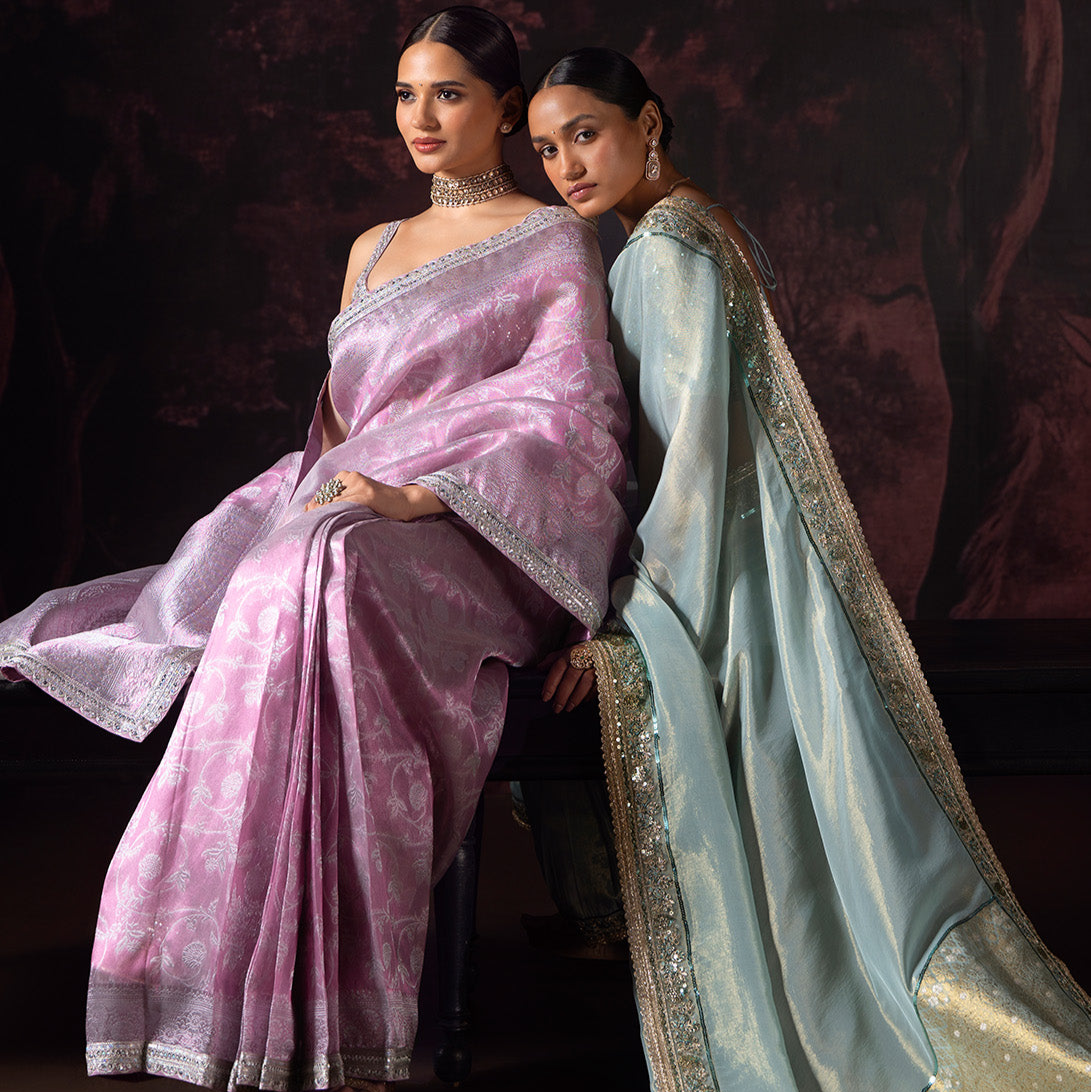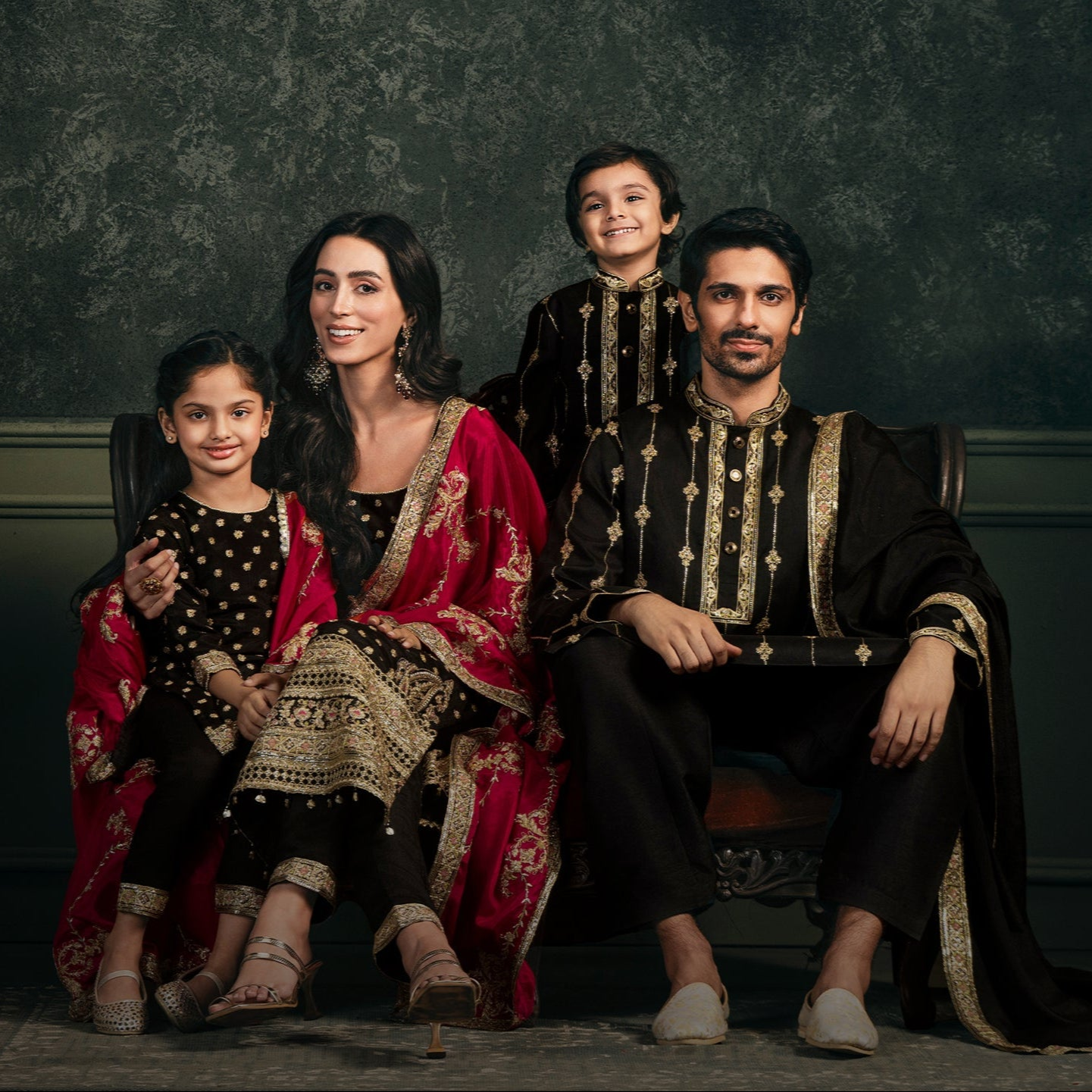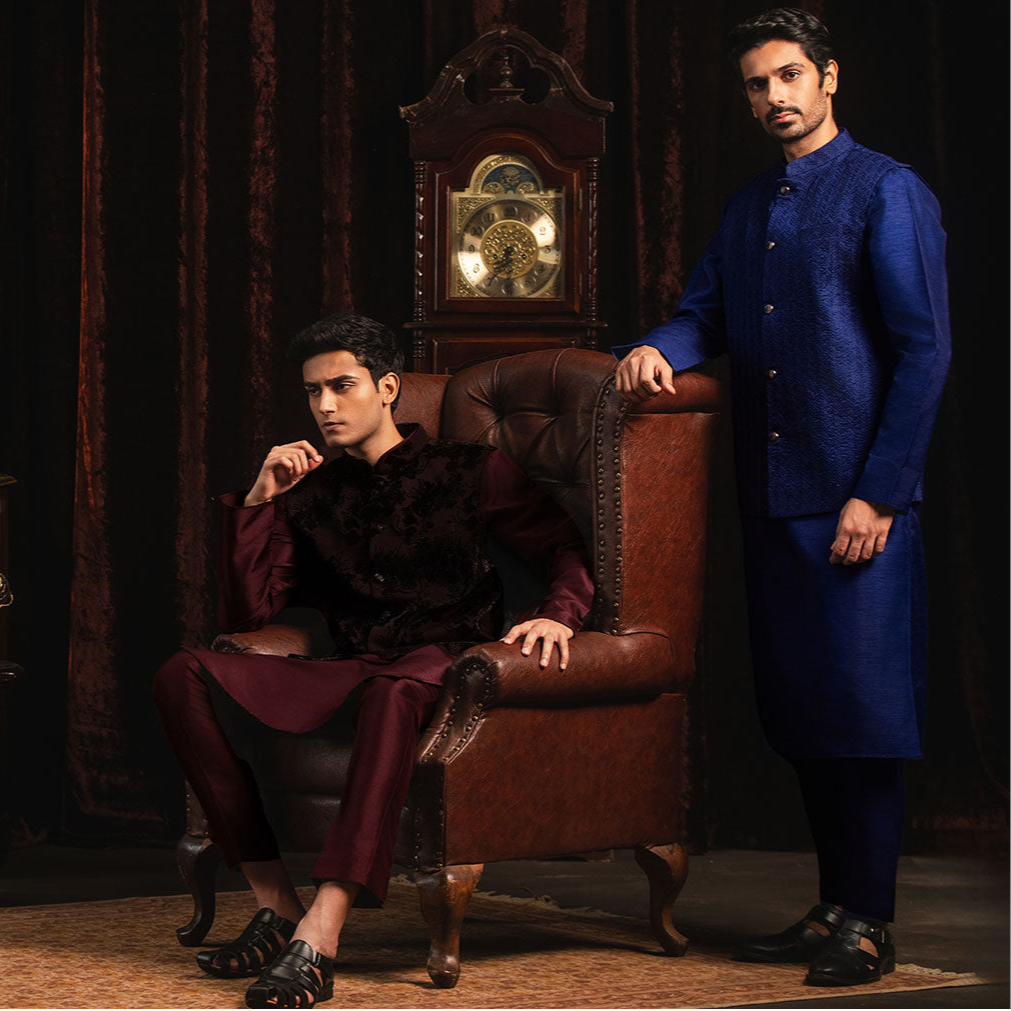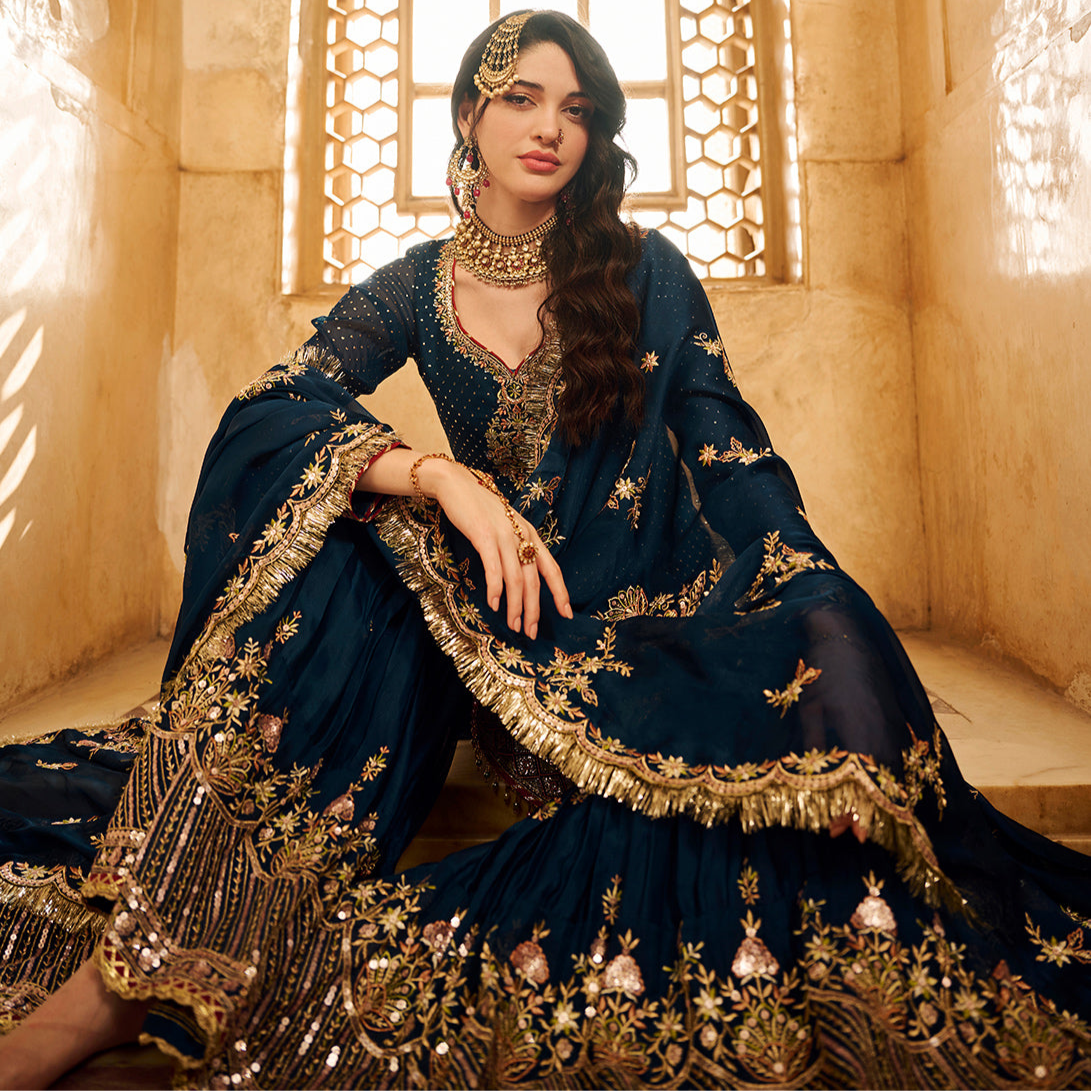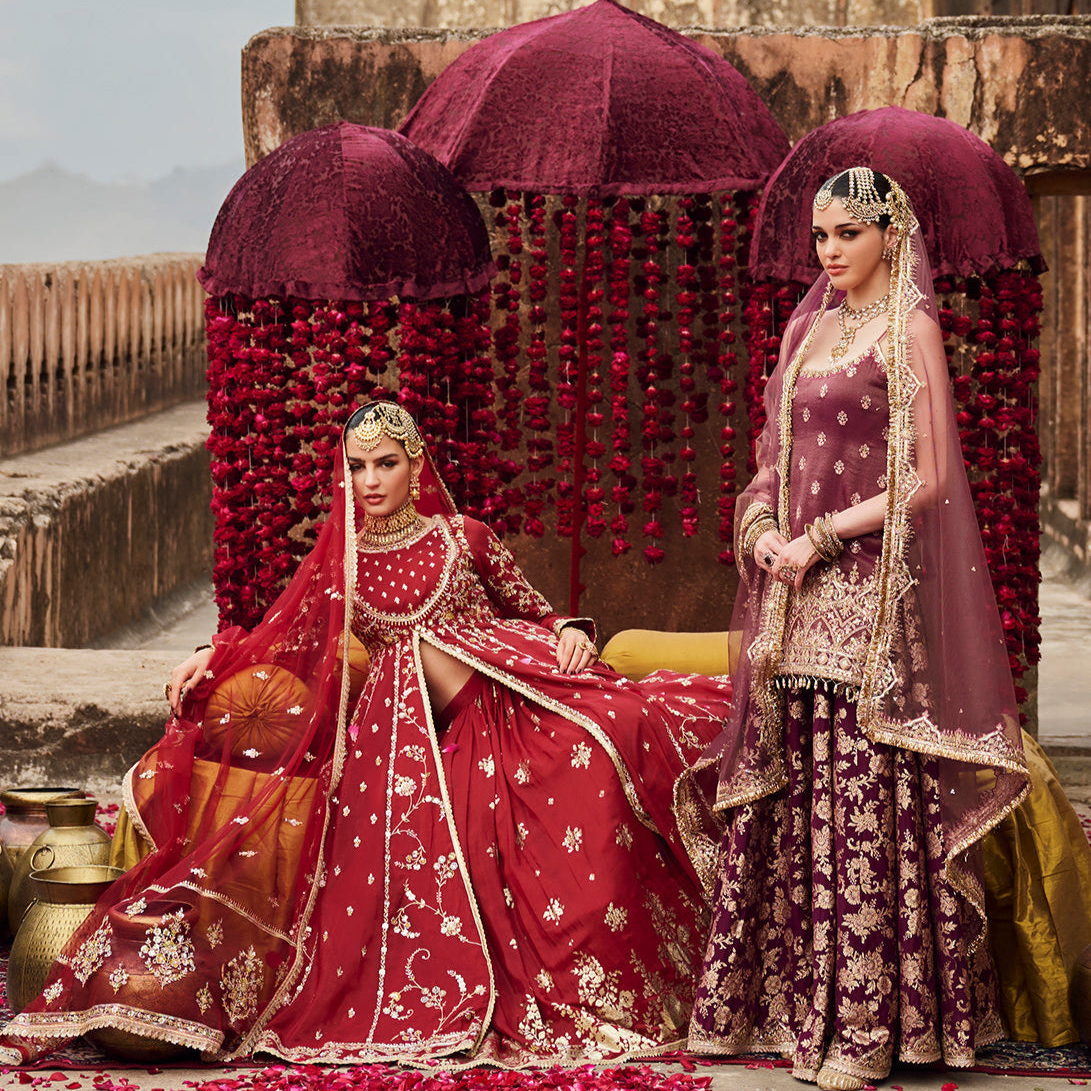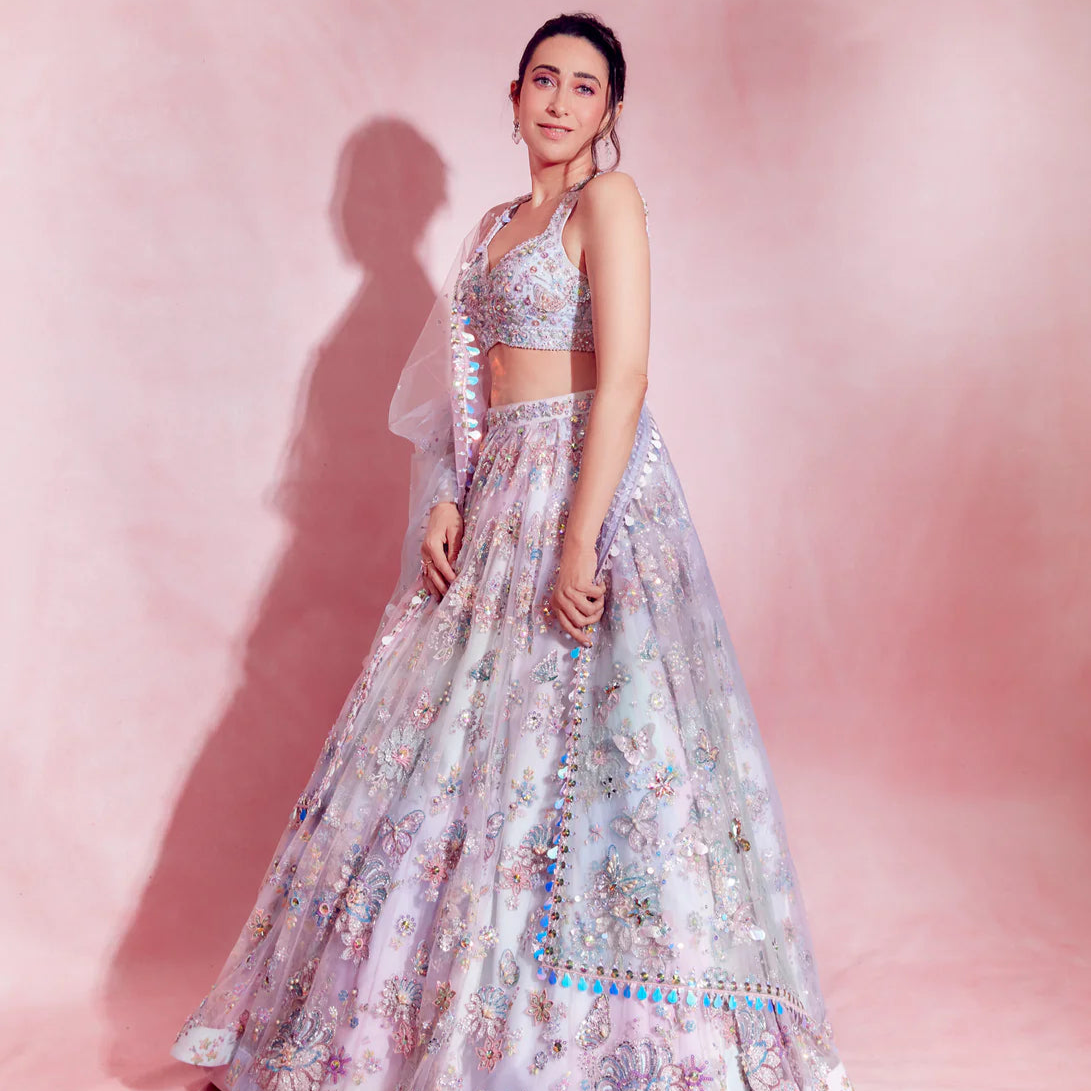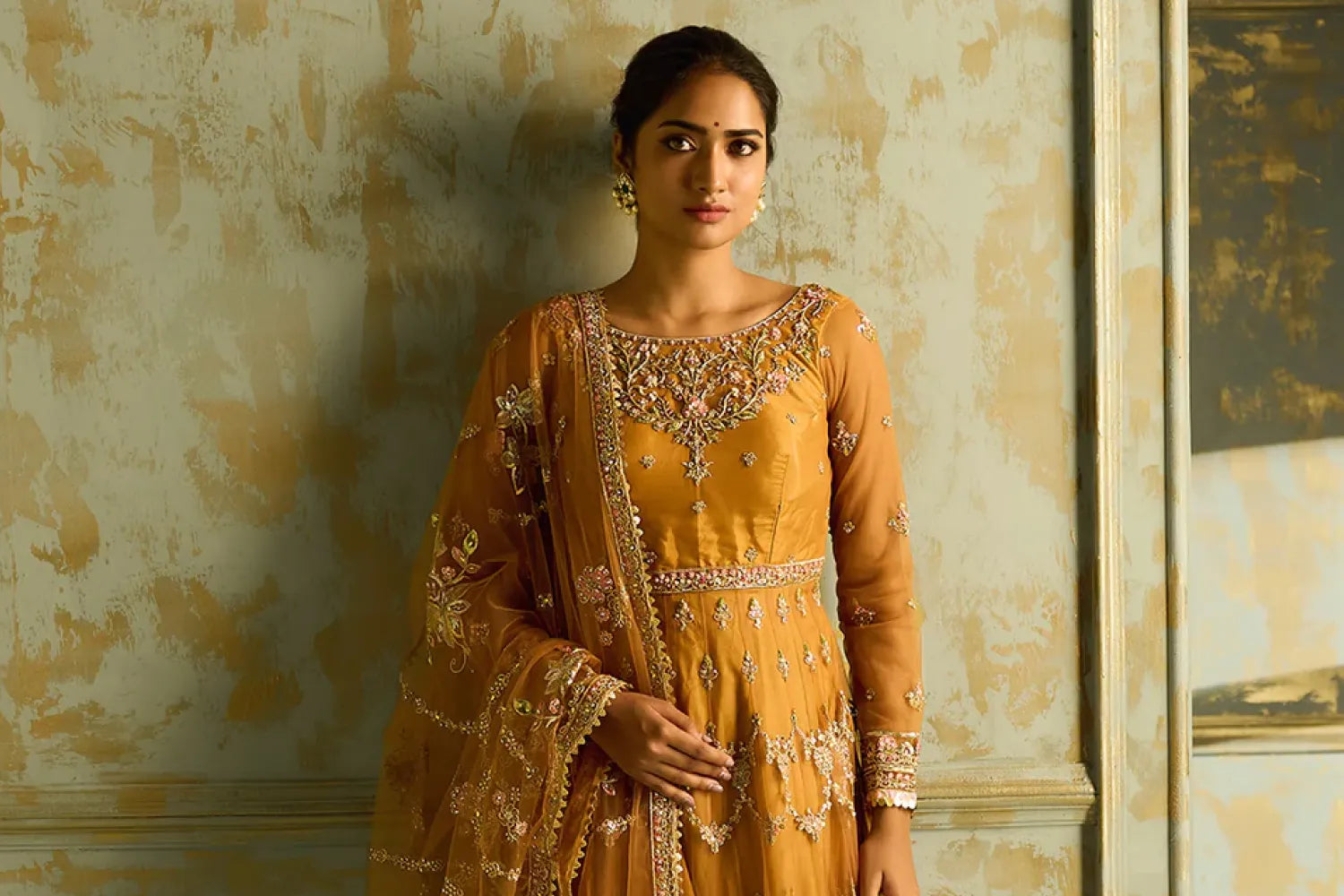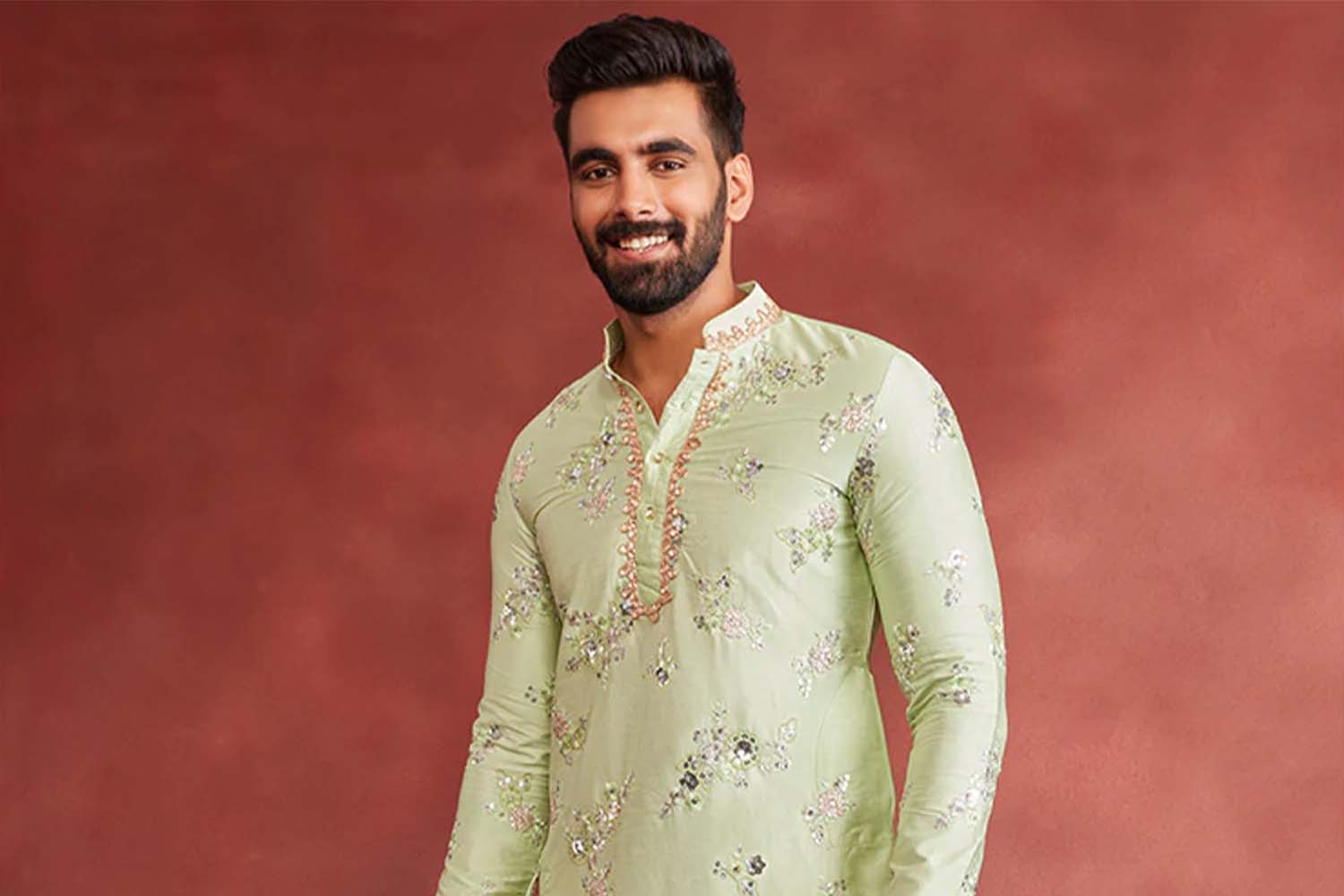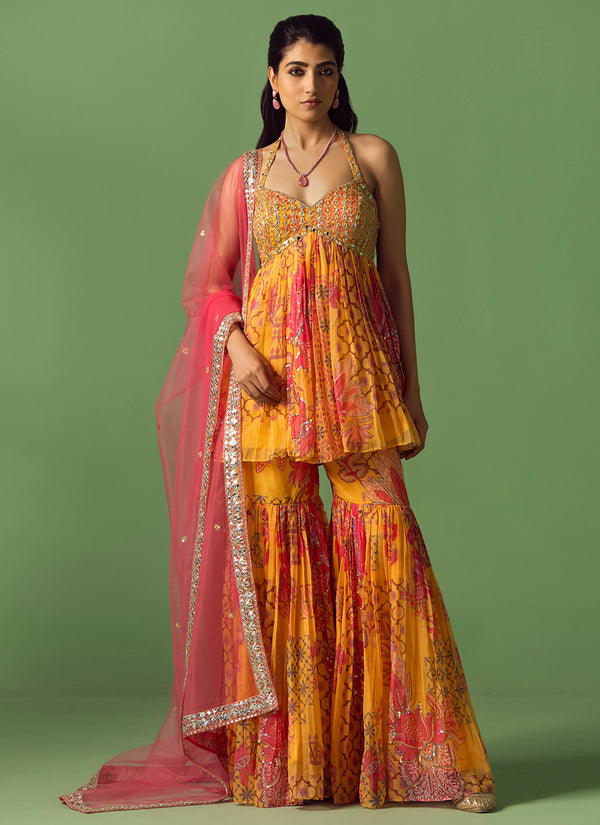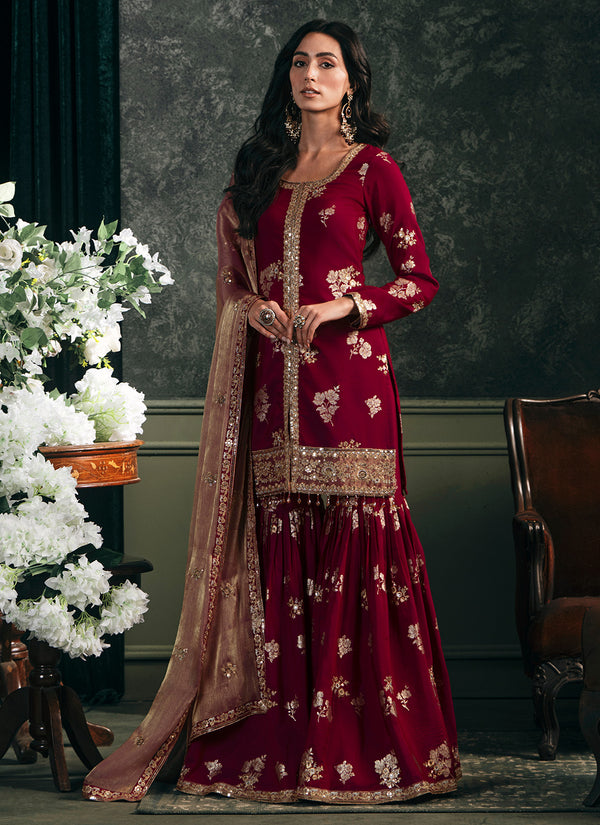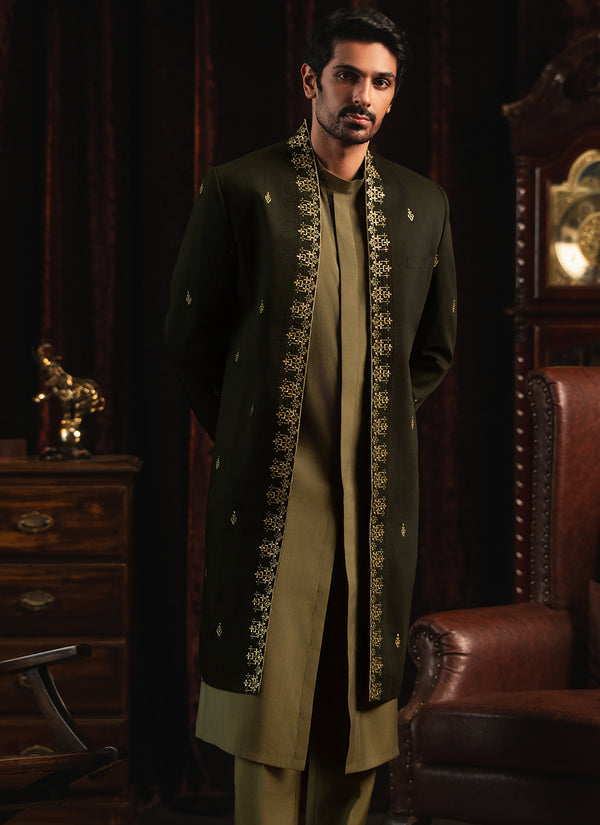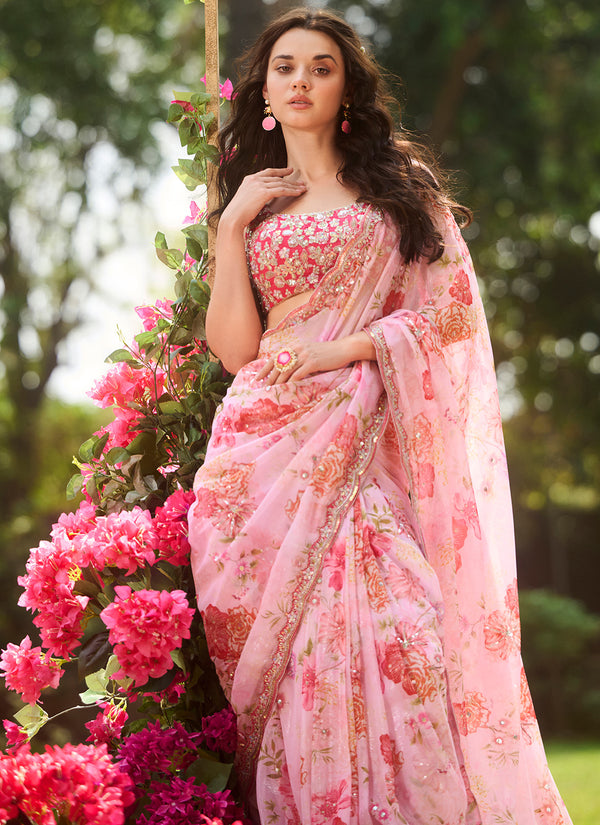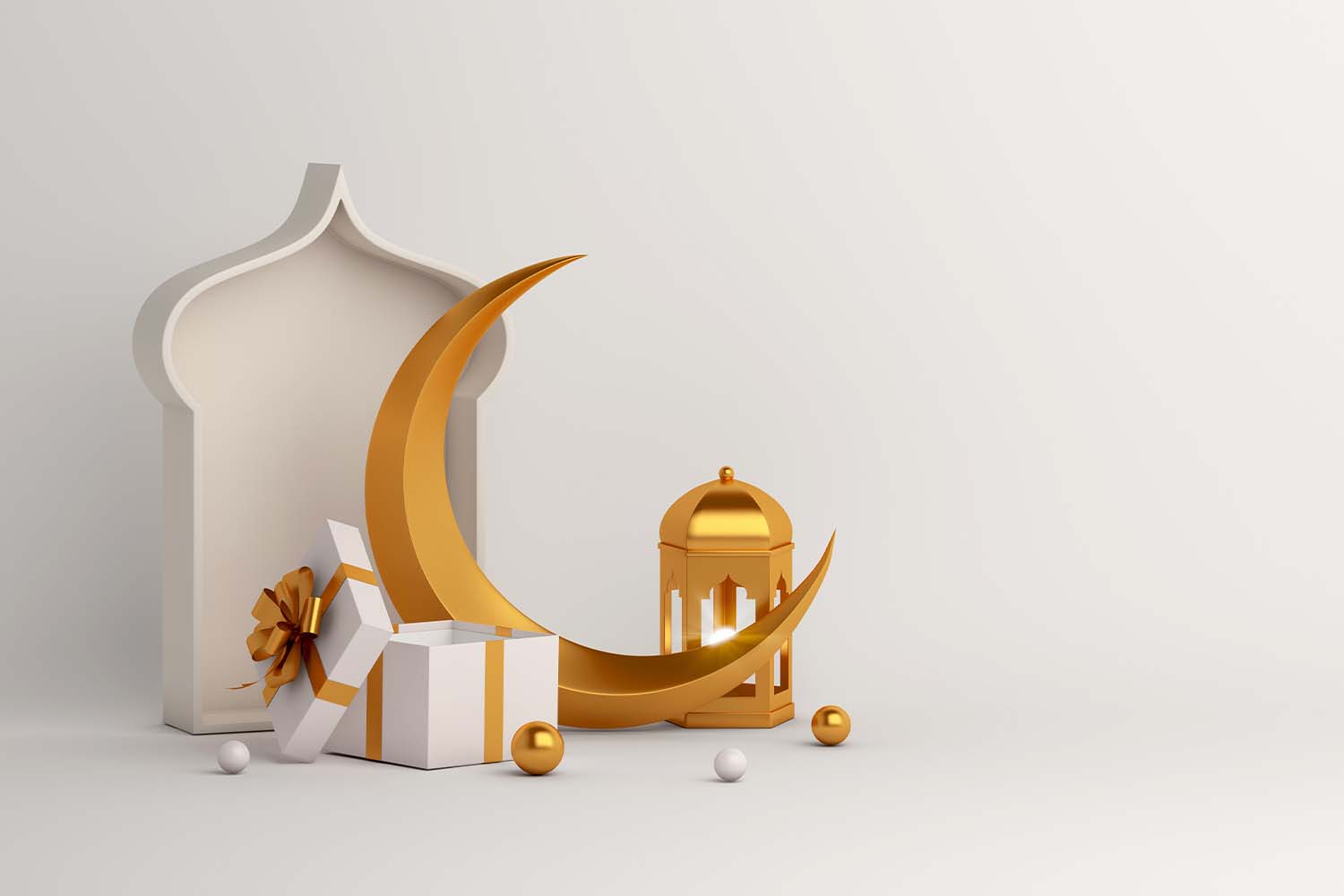
Eid al-Adha, Festival of Sacrifice Meaning & Traditions
Eid al-Adha, also known as the Festival or Feast of Sacrifice stands as one of the two most significant holidays in the Islamic faith, the other being Eid al-Fitr. This deeply sacred celebration holds immense religious and cultural importance, serving as a powerful reminder of faith, devotion, and compassion.
It is observed by Muslims across the globe, fostering a sense of unity, spiritual reflection, and communal harmony. Eid al-Adha marks the culmination of the annual Hajj pilgrimage to the holy city of Mecca, an event that highlights the principles of equality and submission to Allah.
The festival carries profound symbolism, commemorating the unwavering obedience of Prophet Ibrahim (Abraham), who was willing to sacrifice his beloved son as an act of complete submission to God’s will. Through divine intervention, the son’s life was spared, and a ram was sacrificed in his place, solidifying a legacy of faith and trust in Allah.
This historic act of devotion lies at the heart of Eid al-Adha, reminding Muslims to reflect on their own commitment to God and their responsibilities toward their families, communities, and the less fortunate. It is a time of reverence, charity, and gratitude—values that continue to resonate across generations.
The Meaning of Eid al-Adha
At its heart, Eid al-Adha commemorates the story of Prophet Ibrahim (Abraham) and his unwavering devotion to Allah. According to Islamic teachings, Ibrahim received a divine command in a dream, instructing him to sacrifice his beloved son as a test of his faith.
Despite the emotional challenge, Ibrahim prepared to fulfill Allah's will without hesitation. However, at the last moment, through divine intervention, his son was replaced by a ram, and the act of sacrifice was completed. This moment represents the ultimate example of submission, obedience, and trust in Allah’s plan.
Eid al-Adha is a powerful reminder of these themes, encouraging believers to reflect on their own faith and dedication. The story reinforces the importance of devotion, selflessness, and gratitude for Allah's blessings. It also highlights the concept of sacrifice—not merely in the literal sense but as a symbol of giving up personal desires for a greater good.
The Significance of Eid al-Adha
The “Festival of Sacrifice” holds deep spiritual meaning, guiding Muslims toward introspection, humility, and connection with their faith. It is a time to reflect on personal sacrifices made for family, community, and faith, while also strengthening one’s relationship with Allah. For many, Eid al-Adha serves as a renewal of devotion, inspiring believers to live with patience, generosity, and moral integrity.
A central practice during Eid al-Adha is Qurbani, the sacrificial offering of livestock such as sheep, goats, or cows. This tradition mirrors Prophet Ibrahim’s act of sacrifice and carries immense charitable significance. The meat from the sacrifice is distributed into three parts—one for the family, one for relatives and friends, and one for the less fortunate. This distribution reinforces the importance of generosity, compassion, and sharing blessings with those in need. It serves as a reminder that acts of kindness and charity are integral to the spirit of the festival.
Eid al-Adha is also a celebration of unity, as it brings together families, friends, and entire communities. Muslims gather for communal prayers at mosques, fostering a sense of togetherness and shared purpose.
The festival transcends borders and cultural differences, uniting Muslims worldwide in a collective celebration of faith, gratitude, and generosity. Whether through shared meals, acts of charity, or spiritual reflection, Eid al-Adha exemplifies harmony and inclusivity.
How Eid al-Adha is Celebrated
Eid al-Adha is a deeply spiritual occasion, and its celebrations begin with important religious practices that reflect the significance of the day.
Religious Practices
The observance of Eid al-Adha begins with a special prayer, known as Salat al-Eid, performed at mosques or open gathering spaces. The prayer is typically accompanied by a sermon that reflects on the story of Prophet Ibrahim and the values it teaches. These moments of worship allow Muslims to come together in unity, offering gratitude and seeking Allah’s blessings. Recitations of Quranic verses and collective prayers create a sense of spiritual rejuvenation, reminding believers of their shared faith.
Following the prayers, families partake in the practice of Qurbani, the symbolic act of sacrifice. The offering is carried out with reverence, and the meat is distributed to family members, friends, and those in need.
This tradition embodies the core values of Eid al-Adha—charity, humility, and compassion. It also highlights the importance of ensuring that no one is left behind during this time of celebration, as sharing resources and blessings strengthens bonds within the community.
Festive Customs
Beyond its religious practices, Eid al-Adha is a time of festivity and joy. Families gather to share meals, often preparing special dishes made with the sacrificial meat. Traditional delicacies such as kebabs, biryanis, and stews become central to the celebrations, enjoyed in the company of loved ones. Sharing food reflects the communal spirit of Eid and reinforces the importance of hospitality and togetherness.
Eid al-Adha also sees the exchange of gifts and heartfelt wishes among family and friends. It is customary for individuals to wear new or traditional attire, with men often donning kurtas or sherwanis and women adorning sarees, salwar kameez, or other festive ensembles.
Children, in particular, look forward to receiving “Eidi”—gifts or money given by elders as a gesture of love and blessings. These customs add to the joy of the occasion, creating cherished memories for families.
Dress for the Occasion
For Eid al-Adha, elevate your festive wardrobe with a blend of tradition and modernity, starting with the Soft Mint Hand Embroidered Velvet Jodhpuri Set. This luxurious velvet outfit, with intricate hand embroidery, offers both comfort and style in a refreshing soft mint color, making it perfect for men seeking a distinguished look for the celebrations.
For women, the Coral Embroidered Jacket Suit is an elegant choice, featuring a vibrant coral hue paired with delicate embroidery on the jacket, offering a sophisticated and flattering silhouette ideal for both prayers and festive dinners.
Meanwhile, the Dark Wine Embroidered Straight Suit combines a regal deep red wine color with intricate embroidery, exuding glamour and elegance. The flowing design ensures comfort while maintaining a graceful look, making it perfect for evening gatherings and formal occasions.
Whether for a prayer gathering or a grand celebration, these outfits provide a stunning blend of luxury, tradition, and modern flair, ensuring you make a statement this Eid.
Eid al-Adha Celebrations Across Regions
While the essence of Eid al-Adha remains unchanged, its celebrations reflect the rich cultural diversity found across different regions.
South Asian Traditions
In South Asia, for instance, the day is often marked by vibrant, family-centered gatherings. Elaborate feasts are a staple of these celebrations, with families coming together to enjoy traditional dishes that have been passed down through generations. The streets are alive with festive decorations, and the spirit of giving is felt as gifts are exchanged, and communities share in the joy of the occasion.
Middle East Traditions
In the Middle East, the focus is often on communal prayers and collective worship. Muslims gather in large congregations at mosques or open fields to offer their Eid prayers, followed by acts of charity such as the distribution of sacrificial meat to the less fortunate. The grand meals served are often accompanied by communal gatherings, where families, friends, and neighbors come together to strengthen bonds and celebrate their shared faith.
Western Traditions
In Western countries, where Muslims may be living as minorities, the celebrations also embody unity, but with a particular emphasis on hospitality and community involvement. Many families host gatherings at home, offering an array of delicious foods to friends and neighbors, often from diverse backgrounds.
Charity is a central aspect of Eid al-Adha in these regions as well, with many Muslims participating in charity drives, food banks, or donating to those in need. These practices not only strengthen the ties within the Muslim community but also bridge cultural gaps, bringing people together in a spirit of generosity and mutual respect.
A Celebration of Faith, Unity, and Compassion
Regardless of where it is celebrated, the underlying message of unity, faith, and charity remains at the core of Eid al-Adha celebrations, transcending geographical boundaries and bringing people together in their devotion to Allah.
Eid al-Adha is a profound celebration of faith, sacrifice, and charity, rooted in the timeless story of Prophet Ibrahim’s devotion to Allah. It serves as a powerful reminder of the values of obedience, gratitude, and selflessness, inspiring Muslims worldwide to strengthen their connection with their faith and community. Through acts of worship, charitable giving, and shared celebrations, Eid al-Adha fosters unity, compassion, and joy among families and friends.
As Muslims come together to reflect on their blessings, perform Qurbani, and share meals with loved ones, the festival transcends material celebrations to emphasize spiritual growth and communal harmony. Its timeless significance lies in its ability to unite people, encourage generosity, and nurture a sense of gratitude and connection with Allah. Eid al-Adha continues to be a beacon of hope, reminding believers of the importance of faith, sacrifice, and love in fostering a better, more compassionate world.

